Home>Gardening & Outdoor>Landscaping Ideas>How To Make A Blade Of Grass Whistle
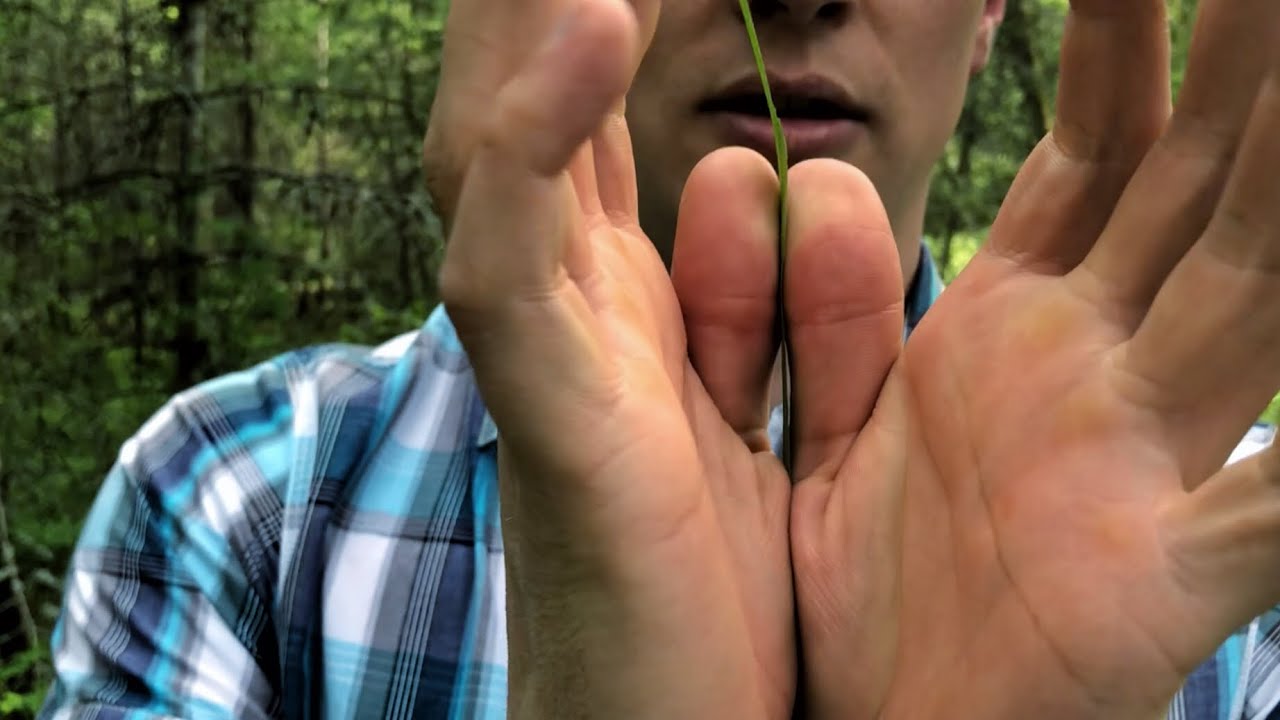

Landscaping Ideas
How To Make A Blade Of Grass Whistle
Modified: February 18, 2024
Learn how to make a blade of grass whistle with our landscaping ideas. Discover creative techniques for adding natural music to your outdoor space. Unlock the secrets of creating a unique and harmonious environment.
(Many of the links in this article redirect to a specific reviewed product. Your purchase of these products through affiliate links helps to generate commission for Storables.com, at no extra cost. Learn more)
Introduction
Have you ever wondered if it's possible to make a blade of grass whistle? It may seem like a whimsical notion, but in reality, it's a delightful and achievable feat that can bring joy to both the young and the young at heart. The art of making a blade of grass whistle has been passed down through generations, captivating the imaginations of many. It's a simple yet fascinating activity that can be enjoyed outdoors, connecting us with nature in a unique way.
In this guide, we'll delve into the enchanting world of grass whistling and explore the steps to create your very own natural whistle. With a touch of patience and a sprinkle of creativity, you'll soon be serenading the world with the melodious tunes emanating from a humble blade of grass. So, let's embark on this whimsical journey and uncover the secrets of making a blade of grass whistle!
Key Takeaways:
- Discover the whimsical art of grass whistling, turning a simple blade of grass into a musical instrument with patience and creativity, connecting us to nature’s beauty.
- Embrace the joy of grass whistling, exploring the enchanting potential of nature and sharing the delightful melodies with friends and family, celebrating the magic of crafting music from a humble blade of grass.
Read more: How To Whistle With A Piece Of Grass
Materials Needed
To embark on your grass whistling adventure, you won’t need much in the way of supplies. In fact, the beauty of this activity lies in its simplicity and the minimal resources required. Here’s what you’ll need to get started:
- A blade of grass: Look for a blade of grass that is long, slender, and relatively straight. Ideally, it should be green and vibrant, as this indicates freshness and flexibility.
- Your fingers: Your hands will be the primary tools for crafting the whistle, so make sure they’re ready for some gentle manipulation.
That’s it! With just a blade of grass and your dexterous digits, you’re all set to explore the art of grass whistling. Now, let’s move on to the exciting process of selecting the perfect blade of grass for your musical endeavor!
Step 1: Selecting the Right Blade of Grass
The first and most crucial step in creating a grass whistle is selecting the perfect blade of grass. While it may seem like any blade of grass will do, there are certain characteristics that can significantly impact the success of your whistling endeavor.
When scouting for the ideal blade of grass, keep the following criteria in mind:
- Length and Straightness: Look for a blade of grass that is at least six inches long and relatively straight. This length will provide ample material for crafting the whistle, while the straightness will contribute to the stability of the final product.
- Flexibility and Vibrancy: Opt for a blade of grass that exudes vitality. A fresh, vibrant green color indicates flexibility, making it easier to manipulate the grass to produce sound. Avoid blades that are dry or brittle, as they are less likely to yield the desired results.
- Uniform Width: While not a strict requirement, a blade of grass with a relatively uniform width along its length can make the crafting process smoother. It allows for more consistent manipulation when shaping the whistle.
Once you’ve identified a suitable candidate, gently pluck the blade of grass, taking care not to damage it in the process. With your chosen blade in hand, you’re now ready to move on to the next step: preparing the grass for whistling!
Step 2: Preparing the Blade of Grass
With the perfect blade of grass in your possession, it’s time to prepare it for the magical transformation into a whistle. This step involves gentle manipulation and shaping to coax the desired sound from the humble grass blade.
Follow these simple yet crucial preparations to ready the blade of grass for whistling:
- Inspect for Imperfections: Before proceeding, carefully examine the blade of grass for any irregularities, such as tears or kinks. A smooth, unblemished blade will yield the best results, so it’s essential to ensure its structural integrity.
- Moisten if Necessary: If the blade of grass feels dry or brittle, lightly moisten your fingertips before handling it. This added moisture can enhance the grass’s flexibility, making it more pliable for shaping.
- Gently Straighten the Grass: If the blade of grass has a slight curve or bend, delicately straighten it by running your fingers along its length. This step contributes to the stability and uniformity of the resulting whistle.
- Pinch and Flatten the Base: At one end of the blade, carefully pinch and flatten the grass to create a narrow, flattened section. This will serve as the vibrating reed of the whistle, essential for producing sound.
- Taper the Tip: On the opposite end of the blade, gently taper the tip to a fine point. This refined shape allows for better airflow and sound production when the whistle is activated.
By meticulously preparing the blade of grass with these steps, you’re laying the groundwork for a successful whistling experience. With the blade now primed and poised for musical expression, it’s time to delve into the technique of coaxing melodious tunes from this natural wonder!
Find a long, thick blade of grass. Hold it between your thumbs and blow over the top edge to make it whistle. Adjust the angle and tension for different pitches.
Step 3: Whistling Technique
Now that your blade of grass is meticulously prepared, it’s time to explore the art of grass whistling. This step involves mastering the technique to coax delightful sounds from the humble blade, transforming it into a natural musical instrument.
Follow these simple yet nuanced steps to master the grass whistling technique:
- Positioning the Blade: Hold the prepared blade of grass between your thumbs and index fingers, ensuring that the flattened base (the vibrating reed) is facing you, while the tapered tip points away.
- Tension and Airflow: Gently press your thumbs and index fingers together, creating a slight tension on the flattened base of the grass. Position the blade near your lips, allowing a small gap for airflow between the grass and your mouth.
- Blow and Adjust: With the grass held firmly in place, blow gently and steadily across the top of the blade. As the air passes through the gap, the vibrating reed will oscillate, producing a surprisingly clear and melodious whistle.
- Experiment and Refine: Adjust the tension, angle, and airflow as you experiment with different blowing techniques. By fine-tuning these variables, you can produce a range of pitches and tones, unlocking the full potential of your grass whistle.
Mastering the grass whistling technique may take some practice and experimentation, but the joy of creating music from a simple blade of grass is a rewarding experience in itself. As you become more adept at harnessing the natural acoustics of the grass, you’ll uncover the boundless potential for musical expression hidden within this unassuming plant.
With the whistling technique at your fingertips, you’re now equipped to serenade the world with the captivating melodies emanating from your handcrafted grass whistle. As you continue to practice and refine your skills, you’ll discover the delightful nuances and harmonies that can be coaxed from this humble natural instrument.
Read more: How Many Blades Of Grass In The World
Tips and Tricks
As you embark on your grass whistling journey, consider these valuable tips and tricks to enhance your experience and mastery of this delightful art form:
- Patience and Persistence: Grass whistling, like many crafts, benefits from patience and persistence. Embrace the process and allow yourself the time to refine your technique and explore the nuances of sound production.
- Experiment with Different Blades: Not all blades of grass are created equal. Experiment with various types of grass, each with its unique characteristics, to discover the diverse sounds they can produce.
- Environmental Considerations: The outdoor environment can influence your grass whistling experience. Factors such as wind direction and ambient noise can affect the sound production, so consider these variables as you hone your skills.
- Share the Joy: Grass whistling is a delightful and shareable skill. Spread the joy by teaching friends and family, and revel in the collective wonder of creating music from nature’s bounty.
- Embrace Imperfections: Each grass whistle is unique, and imperfections can contribute to the charm of the instrument. Embrace the individual quirks of your creations, celebrating the organic nature of this art form.
- Explore Musical Combinations: Pair your grass whistle with other instruments or natural sounds to create enchanting musical compositions. The harmonious blend of natural and man-made sounds can yield captivating results.
By incorporating these tips and tricks into your grass whistling endeavors, you’ll enrich your experience and deepen your connection with this whimsical art form. Embrace the joy of exploration and discovery as you unlock the musical potential hidden within a humble blade of grass.
Conclusion
Embarking on the whimsical journey of grass whistling has illuminated the enchanting potential hidden within the natural world. From the careful selection of the perfect blade of grass to the gentle manipulation and mastery of the whistling technique, this age-old craft has captivated the hearts and imaginations of many.
As you’ve discovered, the art of making a blade of grass whistle is a delightful and accessible pursuit, offering a harmonious blend of creativity, nature, and musical expression. With just a blade of grass and a touch of ingenuity, you’ve unlocked the ability to create melodious tunes that resonate with the spirit of the outdoors.
Whether you’re serenading a tranquil garden, sharing the joy with friends, or simply reveling in the wonder of crafting music from nature’s bounty, the humble grass whistle serves as a reminder of the boundless creativity and beauty that surrounds us.
As you continue to refine your skills and explore the nuances of grass whistling, may you find endless delight in the simple act of coaxing music from a blade of grass. Embrace the imperfections, celebrate the unique melodies that emanate from your creations, and share the magic of grass whistling with the world.
So, the next time you encounter a vibrant blade of grass swaying in the breeze, take a moment to appreciate its potential to sing and bring joy. With a newfound understanding of grass whistling, you carry the timeless tradition of crafting natural melodies—a whimsical art form that connects us to the beauty and music of the natural world.
Frequently Asked Questions about How To Make A Blade Of Grass Whistle
Was this page helpful?
At Storables.com, we guarantee accurate and reliable information. Our content, validated by Expert Board Contributors, is crafted following stringent Editorial Policies. We're committed to providing you with well-researched, expert-backed insights for all your informational needs.
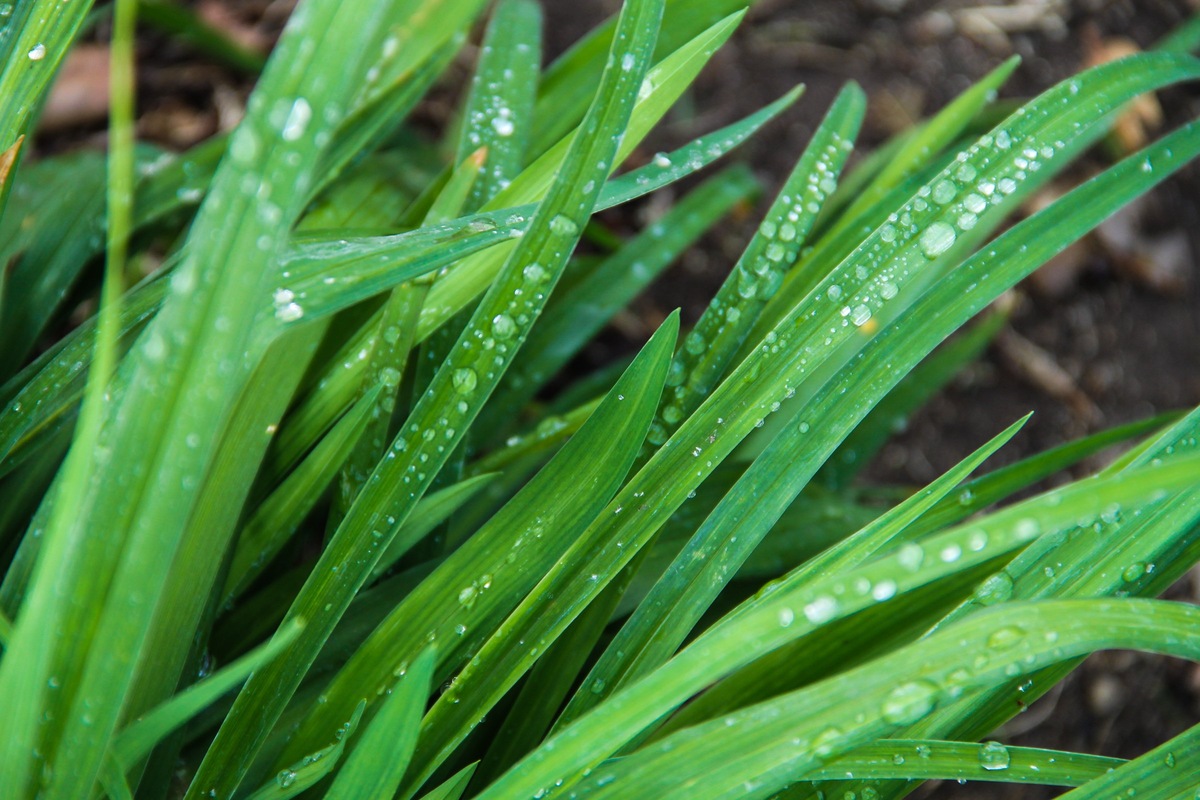

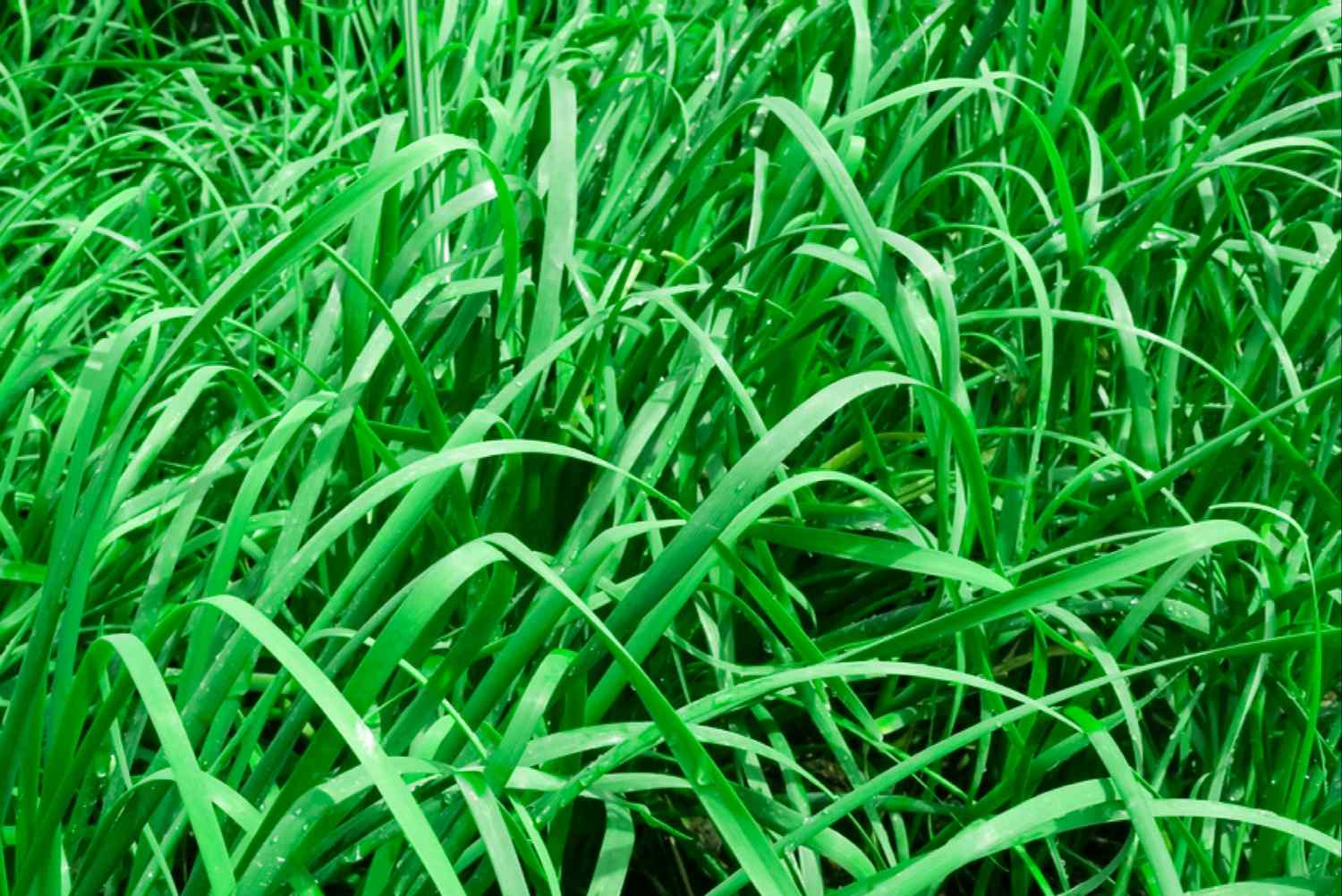
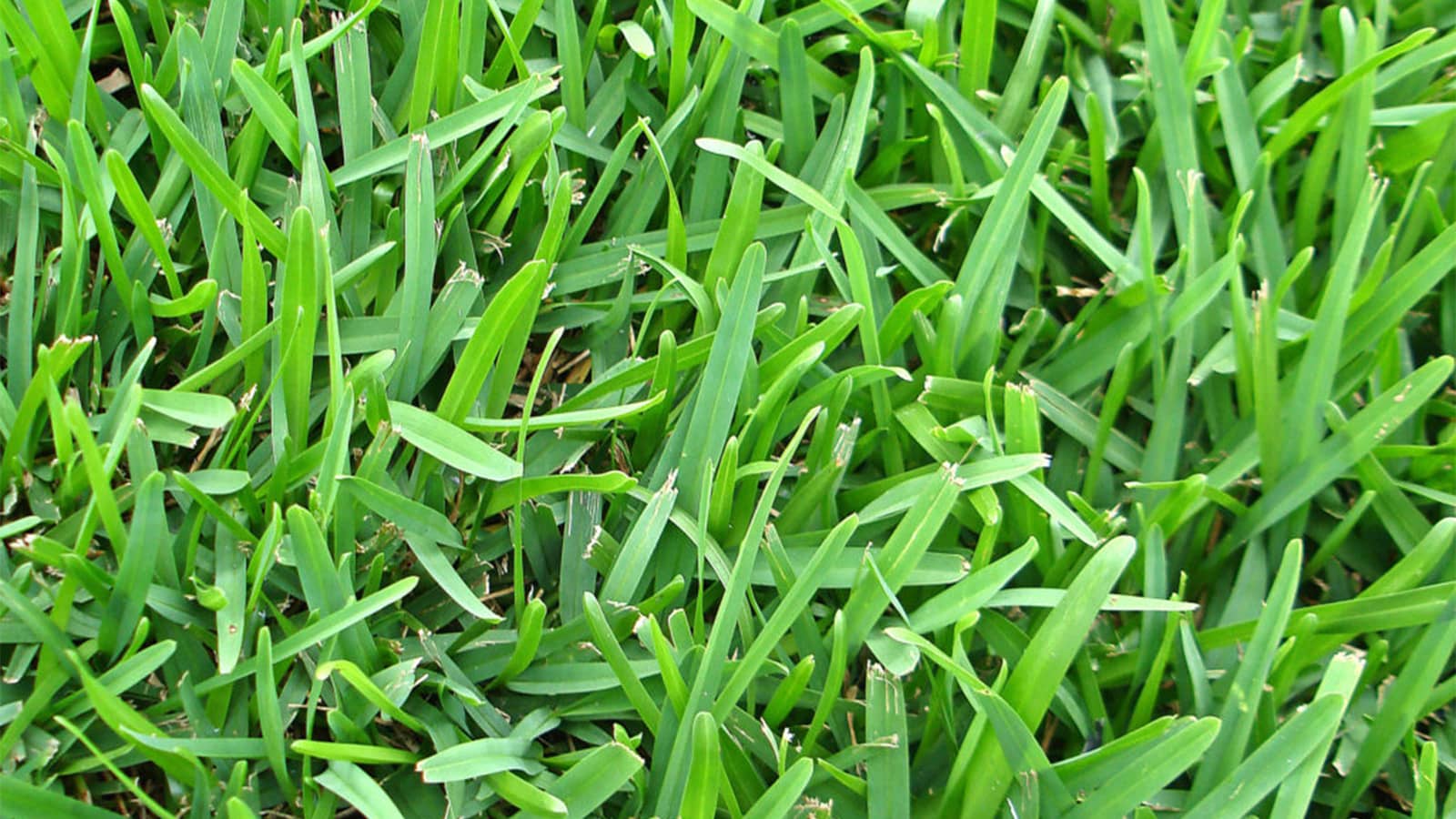
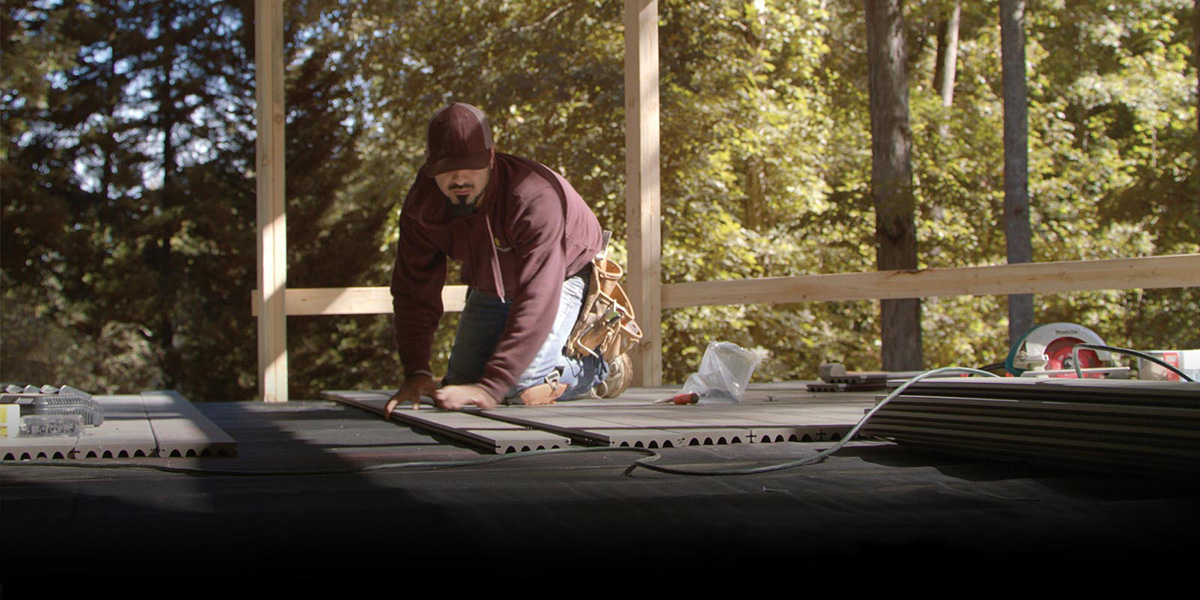



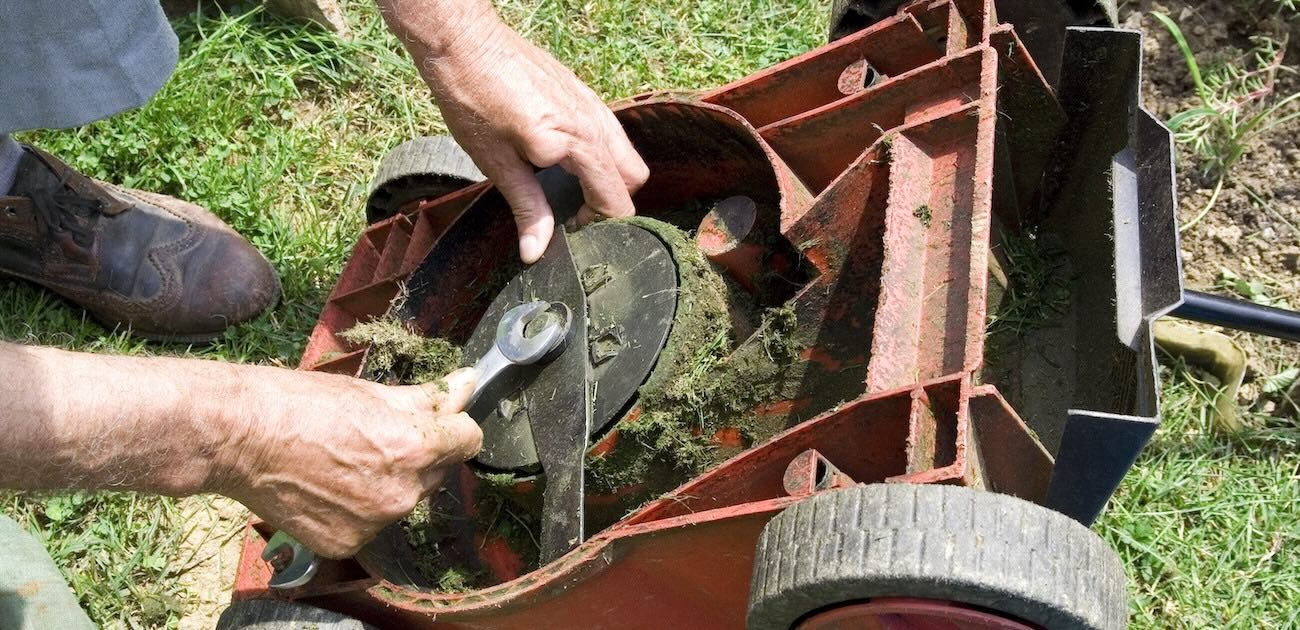
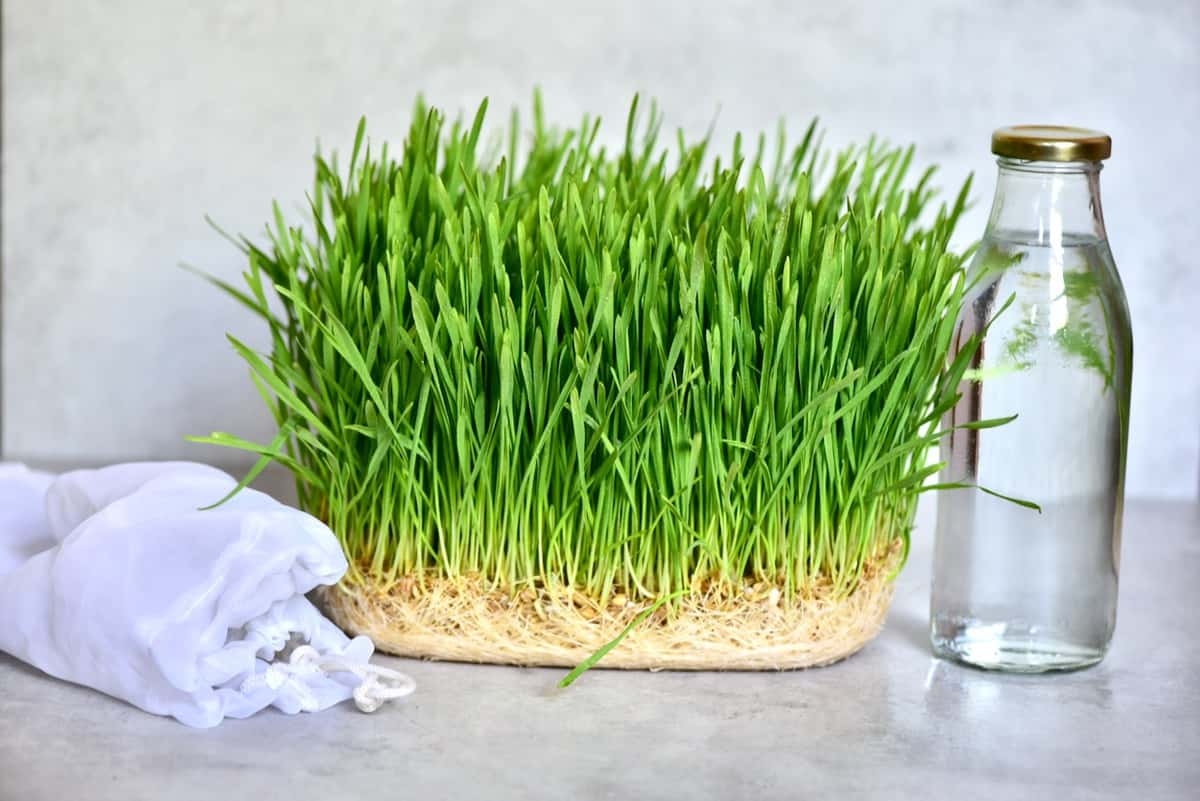
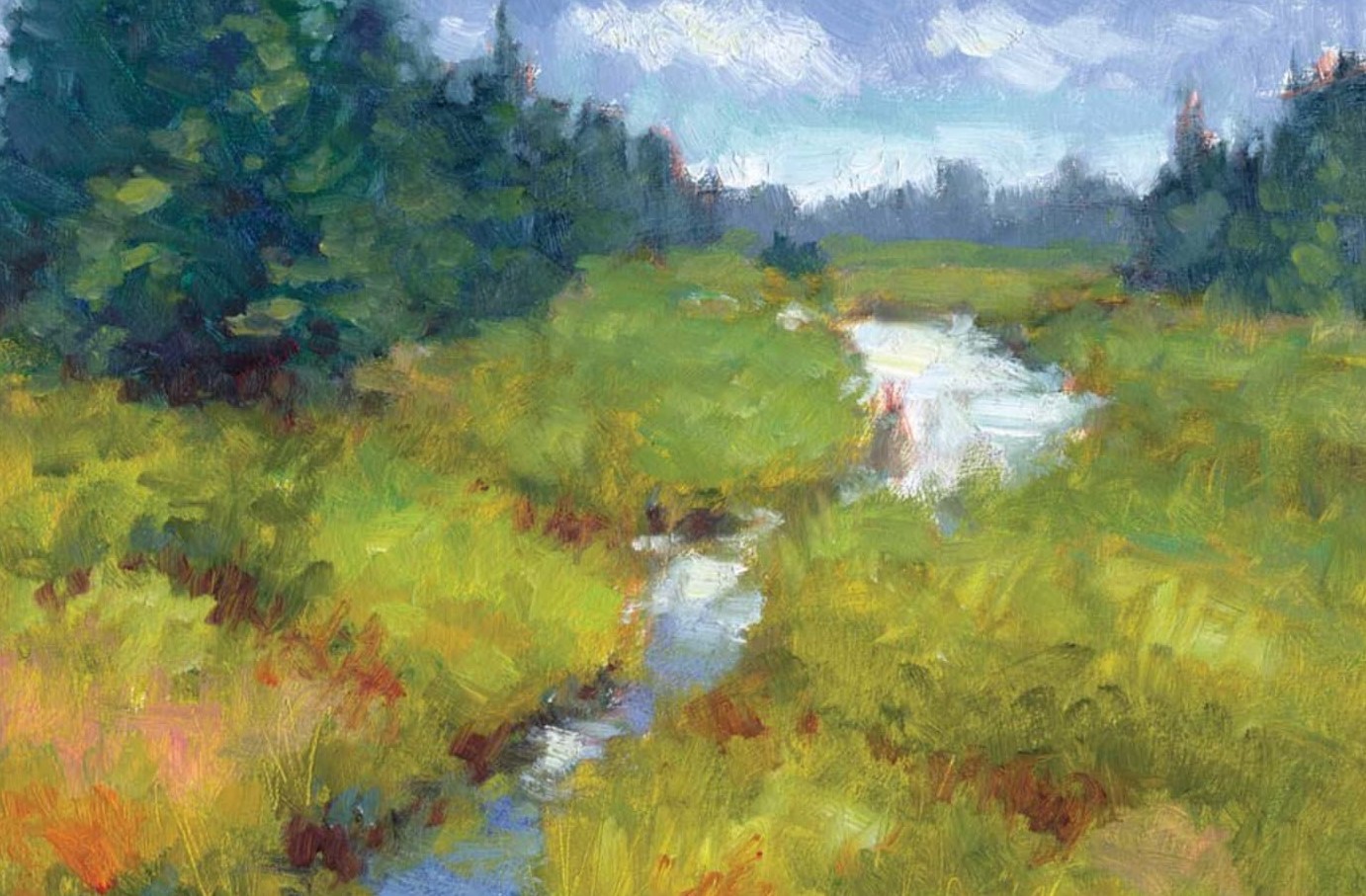
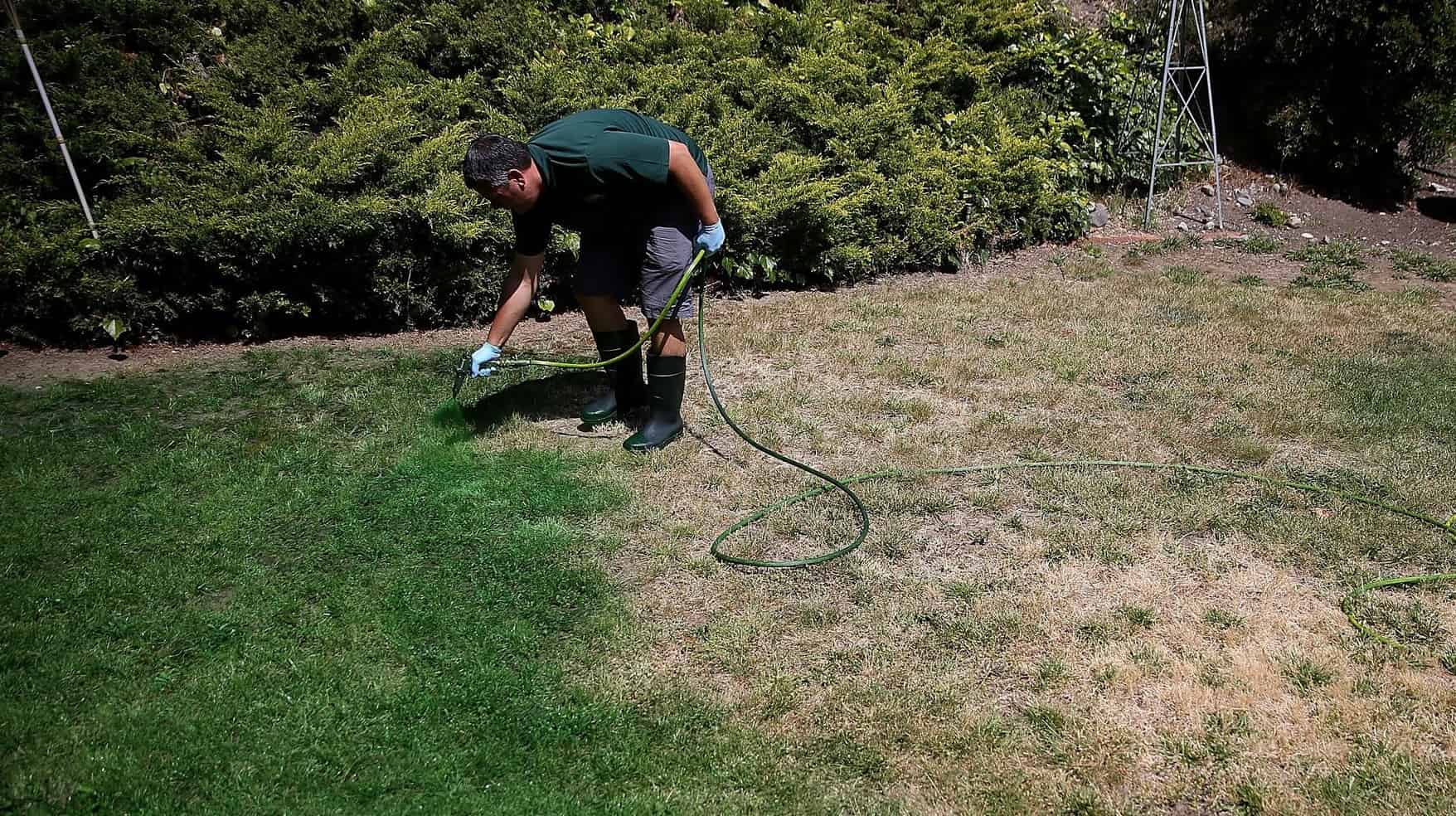
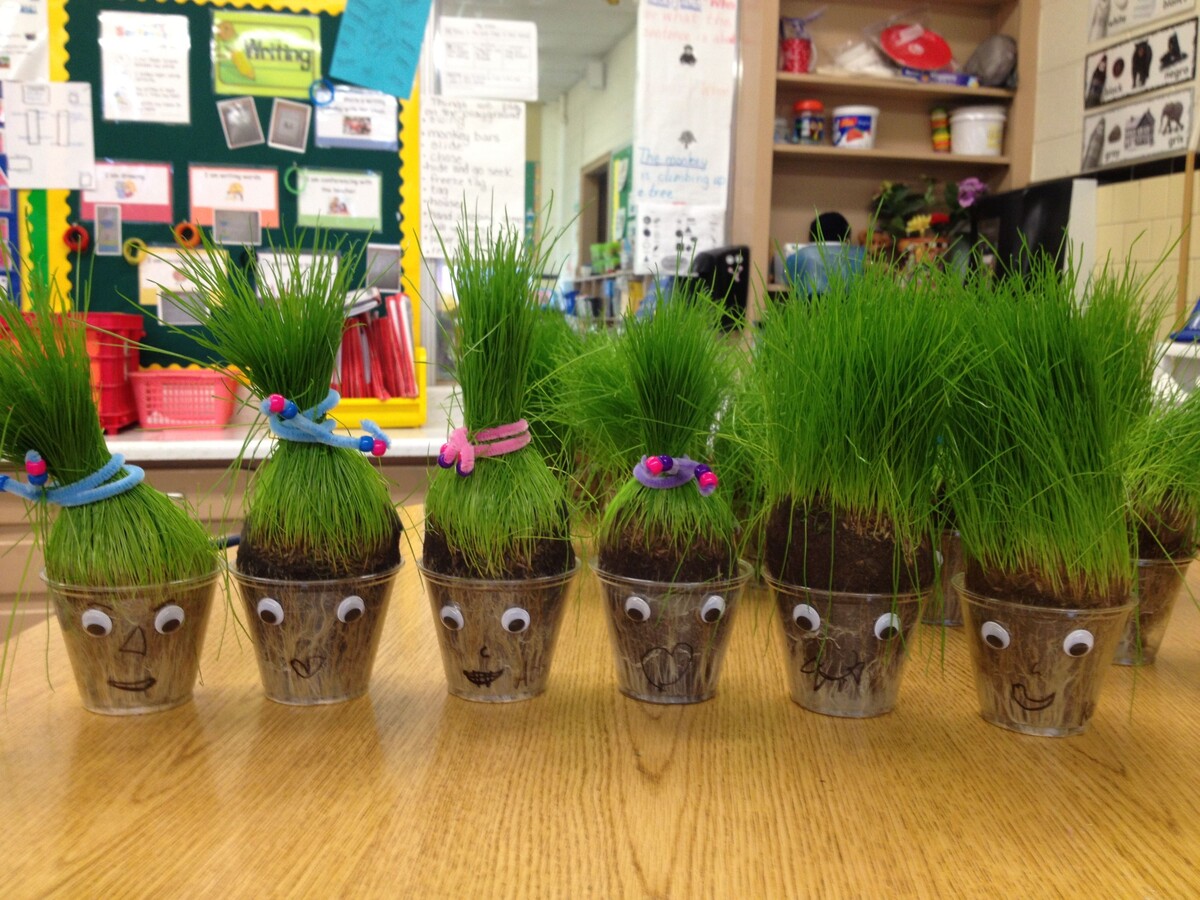
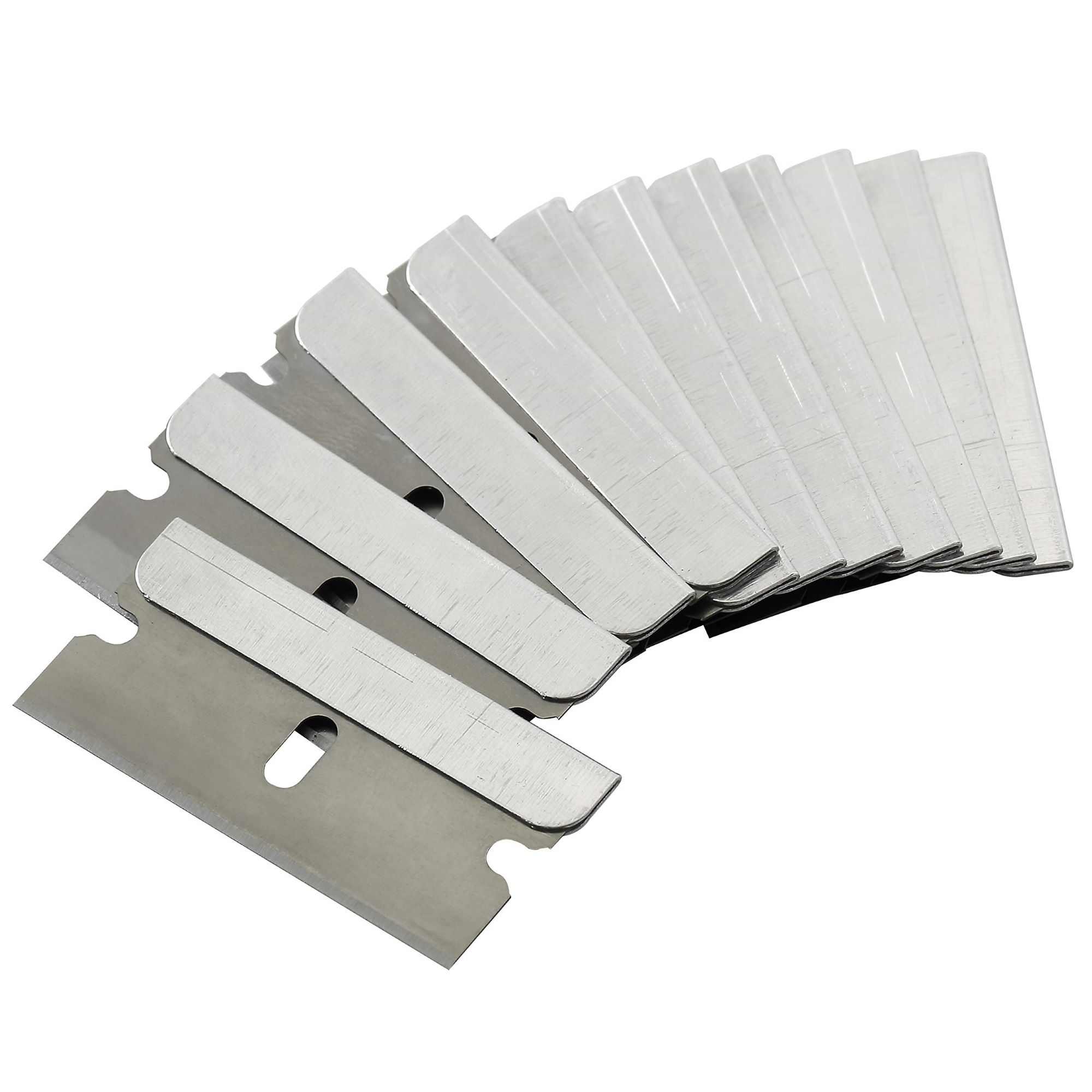

0 thoughts on “How To Make A Blade Of Grass Whistle”